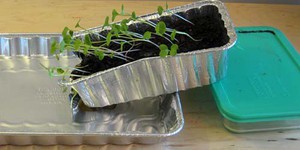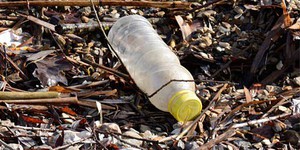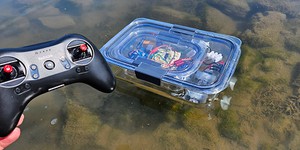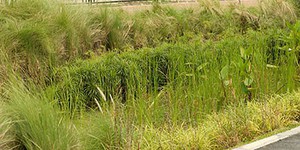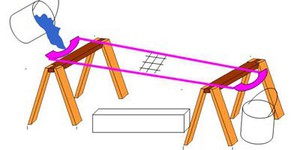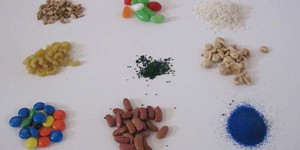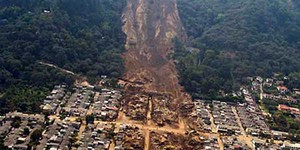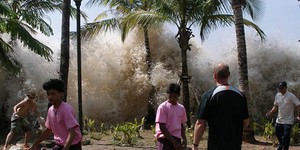U.N. Sustainable Development Goal: Sustainable Cities and Communities (39 results)
The United Nations Sustainable Development Goals (UNSDGs) are a blueprint to achieve a better and more sustainable future for all.
These projects explore topics key to Sustainable Cities and Communities: Make cities inclusive, safe, resilient and sustainable.
These projects explore topics key to Sustainable Cities and Communities: Make cities inclusive, safe, resilient and sustainable.
|
Sort by
|
Soil erosion can cost the world billions of dollars every year by washing pollutants into our streams and rivers and by causing the loss of farmland. What can you do about this problem? Help save the world (and some money!) with nothing more than a few plants!
Read more
Have you ever noticed that on a hot day, it's more comfortable to wear a light-colored shirt than a dark one? Or that it's cooler in a park than walking down a street? This happens because different surfaces absorb and reflect heat in different ways. Urban heat islands are parts of cities where man-made surfaces like pavement and buildings replace natural surfaces like grass and trees. In this project, you will use temperature and satellite data to see if certain areas in a city have higher…
Read more
Even though many cities have recycling programs, a lot of trash still ends up in the dump. Find out which materials will break down and which materials won't. Will the results of this experiment change which products you often buy?
Read more
Do you like playing with radio-controlled (RC) toys like cars, planes, and boats? What if you could build and customize your own? In this engineering project, you will learn how to build your own RC boat using an Arduino and a plastic food storage container.
Read more
What looks pretty, stops flooding, and helps fight pollution? A rain garden! Find out how by building and testing your own miniature rain garden in a plastic bottle.
Read more
HELP! Locating survivors trapped under rubble is a difficult and dangerous task. After a natural disaster, like an earthquake, rescuers must act quickly to save as many lives as possible. They can use robots with different types of sensors to help find survivors. In this project you will build a sound-tracking robot that can use two microphones to drive toward a sound source. Designing the robot's algorithm will be up to you.
Read more
Did you know that there is plastic in the ocean? It probably isn't too hard to imagine that some of the plastic that litters roadways, sidewalks, and parks finds its way into the ocean. So, how much do you think is in there? Hundreds of pounds of plastic? How about thousands of pounds? No one knows for sure, but estimates, based on scientific surveys, suggest the amount is in the range of millions of pounds of plastic! Of course, the ocean is big, over 300 million square kilometers, so…
Read more
What do sand, Skittles, and cereal have in common? They are all granular materials, which means they are made up of solid particles, but they can actually flow like liquid! Imagine pouring the sand out of a bucket or pouring the cereal out of a box— a lot like pouring water, right? In this physics science project, you will investigate how the size of granular materials affect how they flow.
Read more
Landslides are powerful geological events that happen suddenly, causing fear in people who live in areas with unstable hills, slopes, and cliff sides. Landslides damage the surrounding habitat and can destroy homes in their path. But what causes landslides? Can slides happen on any slope, or do slopes have to have certain characteristics, such as a steep angle and a specific material mass? In this geology science project, you will learn about the different types of landslides and the…
Read more
A tsunami is a series of waves made in a body of water, like the ocean, that can cause serious destruction when they hit the coastline. In deep water, a wave can be just a few feet high and travel very fast. As it nears the coastline, and moves into shallower water, tsunamis usually slow down, but the wave height can grow to 100 feet! In this ocean science project, you will model a tsunami and investigate how wave velocity (speed) depends on water depth. Does it match the mathematical equation…
Read more
|
Explore Our Science Videos
Hydroponics in a 2-Liter Soda Bottle – STEM activity.
Raspberry Pi Adaptive Game Controller
Model a Lung Infection



